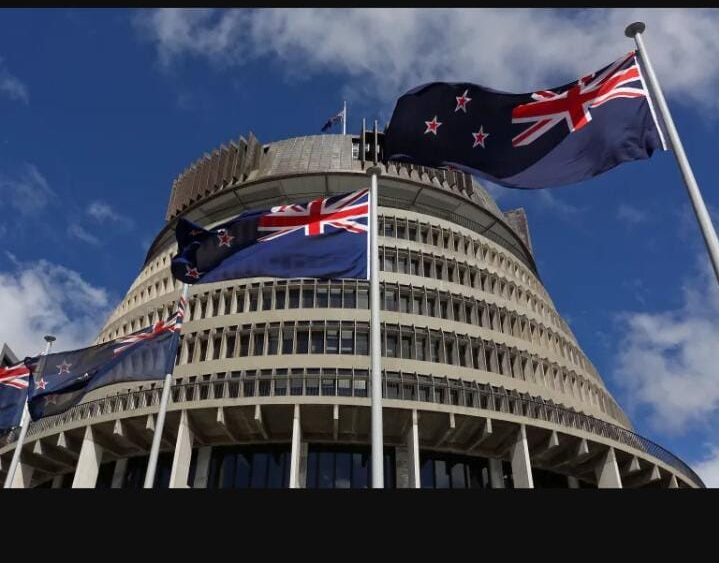
Nonviolent resistance has been a cornerstone of many successful social and political movements throughout history. It involves the use of peaceful methods to bring about change, as opposed to violent confrontation. This approach has been championed by some of the most influential leaders in the world, including Mahatma Gandhi, Martin Luther King Jr., and Nelson Mandela. By understanding the principles and strategies behind nonviolent resistance, activists can harness its power to effect meaningful and lasting change.
Understanding Nonviolent Resistance
Nonviolent resistance, also known as civil resistance or nonviolent action, includes a variety of methods such as protests, strikes, boycotts, civil disobedience, and other forms of peaceful demonstration. The core principle is to achieve social or political goals without resorting to violence. This approach is based on the belief that ethical conduct and peaceful methods are more powerful and sustainable in the long run than violence and coercion.
Key Principles of Nonviolent Resistance
- Moral High Ground: Nonviolent movements often gain moral authority because they reject the use of force and aim to address injustices peacefully. This moral high ground can attract wider public support and put pressure on those in power.
- Inclusivity and Participation: Successful nonviolent movements are inclusive, drawing support from a broad base of society. This inclusivity helps to legitimize the movement and creates a united front that is difficult for opponents to dismiss or suppress.
- Strategic Planning: Nonviolent resistance is not spontaneous; it requires careful planning and strategy. This includes setting clear goals, identifying key targets, and planning actions that will maximize impact while minimizing risk.
- Training and Discipline: Participants in nonviolent movements often undergo training to prepare for actions and to maintain discipline. This training helps ensure that protests remain peaceful and that participants are prepared to handle confrontation without resorting to violence.
- Symbolic Actions: Nonviolent movements often use symbolic actions to convey their message and attract attention. These actions can include sit-ins, marches, and the use of symbols like flowers or candles to represent peace and solidarity.
Lessons from Global Movements
- India’s Independence Movement
- Leader: Mahatma Gandhi
- Method: Gandhi’s approach, known as Satyagraha, emphasized nonviolence and civil disobedience. Key actions included the Salt March, where Gandhi led a 240-mile march to the sea to produce salt in defiance of British laws.
- Outcome: This movement successfully mobilized millions of Indians, eventually leading to India’s independence from British rule in 1947.
- American Civil Rights Movement
- Leader: Martin Luther King Jr.
- Method: The Civil Rights Movement used boycotts, sit-ins, and marches to challenge segregation and racial injustice. The 1963 March on Washington, where King delivered his famous “I Have a Dream” speech, was a pivotal moment.
- Outcome: The movement led to significant legislative changes, including the Civil Rights Act of 1964 and the Voting Rights Act of 1965, which dismantled institutionalized racial segregation and discrimination in the United States.
- South African Anti-Apartheid Movement
- Leader: Nelson Mandela (later years)
- Method: Although the struggle against apartheid included some violent elements, significant nonviolent actions were also crucial. This included international boycotts and the widespread mobilization of communities within South Africa.
- Outcome: The persistent nonviolent pressure, combined with global support, led to the dismantling of apartheid and the establishment of a democratic South Africa in 1994.
- The Velvet Revolution in Czechoslovakia
- Leaders: Václav Havel and others
- Method: The Velvet Revolution was characterized by mass protests and strikes against the communist government, remaining largely peaceful throughout.
- Outcome: The movement successfully led to the end of communist rule in Czechoslovakia in 1989, transitioning the country to a parliamentary republic.
- The Tunisian Revolution
- Method: Also known as the Jasmine Revolution, this movement involved widespread protests against corruption, unemployment, and political repression. Social media played a significant role in organizing and spreading the message.
- Outcome: The nonviolent protests led to the ousting of President Zine El Abidine Ben Ali in 2011 and sparked the broader Arab Spring movement across the Middle East and North Africa.
Strategies for Effective Nonviolent Resistance
- Clear Communication: Articulate the goals and demands clearly to both the participants and the public. This helps in building a unified front and gaining public support.
- Building Alliances: Form coalitions with other groups and organizations that share similar goals. This broadens the base of support and amplifies the movement’s impact.
- Maintaining Nonviolence: Ensure that the movement remains nonviolent even in the face of provocation. This can involve training participants in nonviolent methods and establishing protocols for de-escalation.
- Media Engagement: Use traditional and social media to communicate the movement’s message, attract attention, and counter misinformation. Effective media engagement can amplify the movement’s reach and influence.
- Sustained Pressure: Nonviolent resistance is often a long-term effort. Sustaining pressure through continuous actions and maintaining public engagement is crucial for achieving lasting change.
Conclusion
Nonviolent resistance has a proven track record of achieving significant social and political change. By learning from past movements and adhering to the principles of nonviolence, activists can create powerful and sustainable movements that challenge injustice and drive progress. In the context of Kenyan activism, embracing these lessons can help ensure that future protests remain peaceful, effective, and resilient in the face of challenges.
For further reading on nonviolent resistance and its impact globally, explore the provided links and gain deeper insights into the strategies and successes of peaceful movements around the world.
Related Articles
The Role of Social Media in Modern Activism
Effective Strategies for Peaceful Protests
Challenges Faced by Activists in Authoritarian Regimes
Building Sustainable Activist Movements: Key Considerations
Kenyan Activists Rethink Strategy After Protests Descend into Violence
Subscribe to Follow Global Trends for daily global news.
Make Money Online Working Remotely
To Advertise, send a mail to advertise@followglobaltrends.com
Find Out How To Make Money As A Full Time Writer/Blogger
Written By Joe Brens


